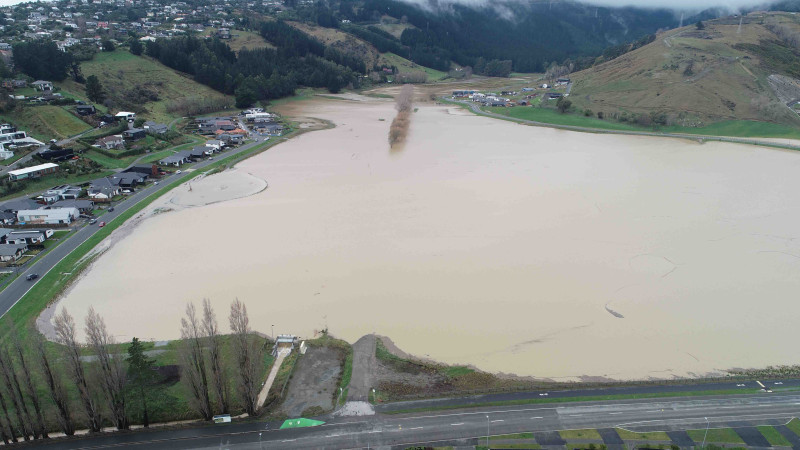
Cashmere dam construction about to begin

Share this story
Construction is about to get under way on a dam that will further reduce the risk of the Ōpāwaho Heathcote River flooding downstream.
Christchurch City Council has engaged GSL to build the earthdam in Cashmere Valley so that it can protect more homes from the risk of flooding.
“The contractor is about to start work and the aim is to have the dam finished within 12 months,’’ says Council Head of Three Waters Helen Beaumont.
“With the dam in place we will have an additional 213,000 cubic metres of flood storage capacity in the upper section of the valley, which means that we can improve protection of residential properties along the lower and mid Ōpāwaho Heathcote that are at risk of above floor level flooding in a one in 50 year rain event.’’
The dam is the last major component of the Cashmere Worsleys Flood Storage Project that Council has been working on for the past five years.
The first stage of the project has involved installing floodgates in the lower part of Cashmere Valley, close to Worsleys Road.
In a big rain event the floodgates can be closed, allowing the lower valley to function as a stormwater storage basin. Up to 500,000 cubic metres of water that would otherwise flow into the Ōpāwaho Heathcote River can be held in the lower valley.
The valley has also been contoured to allow as much sediment as possible to settle out before the water leaves the valley. This will improve water quality in Cashmere Stream and the Ōpāwaho Heathcote River.
Pathways to facilitate public access have been constructed in the upper part of the valley, whilst extensive wetland and forest planting has been undertaken throughout the valley. The final stage of planting will happen once work on the dam is completed. Additional pathways will also be constructed in the lower valley at the same time as the dam is being built.
“The dam structure is the final part of this floodplain management scheme,’’ Ms Beaumont says.
“It will provide increased resilience from flooding associated with unpredictable and increased rainfall as a result of climate change and back-to-back wet weather events.’’

During July's wet weather events the lower part of Cashmere Valley functioned as a stormwater storage basin.
